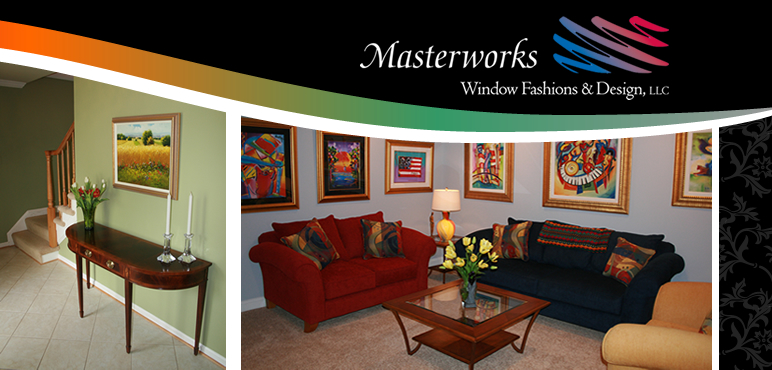![]()
1. Put the paint brush down. Don’t start painting without a plan. The paint color often is not where you should begin. It is far easier to pick artwork, tile, flooring, or fabric first, and then choose a paint color to match or complement, than it is to start with the paint color.
2. You aren’t selecting paint, not at first. You are selecting color. You buy paint to get the color. Benjamin Moore understands that, which is why they have over 3000 colors. But you need a strategy or all those colors are overwhelming.
3. Understand that light changes color, and every color chip represents a part of the dynamic range of that color. It will be darker in some corners, and lighter in others, if you are selecting interior colors. If you are looking at exterior colors, you need to pick the darkest value of the color you want, because it will lighten outside, and then lighten even more in direct sunlight.
4. Color has three main characteristics, Hue, Chroma, and Value, but the most important one for paint color selection, and the one my clients seem to have the most difficulty with, is Value, because we see contrast before color. (See my Color 101 post on Color Value for details.)
5. Color has emotional qualities. Some are culturally reinforced, but many are individual. An emotional connection that a color has for you is not necessarily what that color says to the next person. But your feelings just are; they aren’t right or wrong. So trust your emotions, and select colors which feel good to you.
6. Don’t try samples of paint on the wall. But do use larger samples. It’s false economy to worry about the cost of sample paint, when it is far more expensive to repaint a room. Try it on a sample board, and look at it about a foot out from the existing wall color. (for more details, see my Color 101 post on sampling paint color)
7. Your painter needs to know not only the paint color, but also the paint choice and the finish. The shinier the finish, the more imperfections will show up in a wall or ceiling. This is why ceilings are painted in flat paints, such as Benjamin Moore’s waterborne ceiling paint, which is ultraflat.
8. The flatter finishes touch up better than those with a sheen, but don’t paint a non washable flat paint on walls unless you are about to move out and just want to freshen the paint up with minimal expense. Matte is a washable flat, in Benjamin Moore paints such as Regal Select, Natura, and Aura.
9. The new water based paint colors are healthier for our indoor air quality, but they are more susceptible to humidity. Use formulations specifically for the bathroom, on both ceilings and walls, in any bathroom with a shower or tub. Benjamin Moore has Aura Bath & Spa for this purpose. In other brands, you need to ask about this.
10. Open floor plans do not have to be only one color. Judicious use of accent walls and ceilings, and subtle transitions to related colors, are all possible. But if your area is quite open, you may need professional assistance to make the most of the space.
11. If you are having trouble selecting color, consider a professional color consultation. It could save you time, energy, emotional energy, and expense. In Northern Virginia, and the metropolitan Washington, D.C. region, I’m a phone call or email away from taking the overwhelm out of the process. There are designers and color specialists across the country, ready to help. Good Luck and Godspeed, in your search!
Warmly,
Linda
Linda H. Bassert
Masterworks Window Fashions & Design
“Color Harmonies for Your Home; Artistry at Your Windows.”
LHB@masterworksdesign.com 703-426-8123


